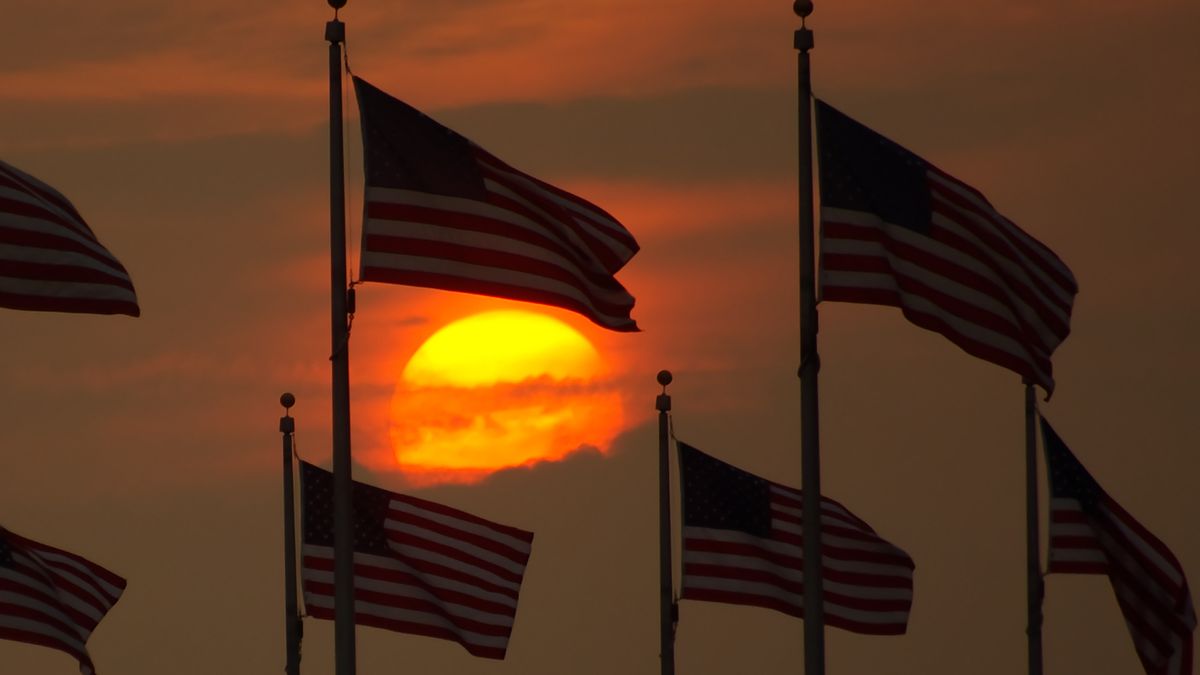The newly discovered Moai statue found on Rapa Nui, also known as Easter Island
Comunidad Ma'u Henua HANDOUT/EPA-EFE/Shutterstock
A moai statue has been discovered on Easter Island at the bottom of a recently dried crater lake. The statue is the first of the island’s famous giant-headed figures to be found in the lake.
Easter Island, located more than 3500 kilometres from the South American continent, is dotted with more than 900 of the iconic statues, carved from volcanic rock more than 500 years ago by the Rapa Nui people.
Most of the statues were carved from rock quarried at the Rano Raraku volcano. Some were left at the volcano, which is now a national park and UNESCO World Heritage Site. Hundreds of others were transported to other parts of the island.
“We think we know all the moai, but then a new one turns up,” Terry Hunt at the University of Arizona told the television program Good Morning America, which first reported the find on 25 February.
The new statue is 1.6 metres tall and is “full-bodied with recognisable features but no clear definition”, according to a statement from Ma’u Henua, the Rapa Nui organisation that manages the park. It was found lying face down among tall reeds.
“Under the dry conditions that we have now, we may find more,” said Hunt.

Jeff Overs/BBC News & Current Affairs via Getty Images
The monolithic statues have long inspired awe and speculation about their role in an apparent collapse of the island’s population in the 17th century. For indigenous Rapa Nui, Hunt said the statues represent deified ancestors.
“For the Rapa Nui people, it’s [a] very, very important discovery,” Salvador Atan Hito, the vice president of Ma’u Henua, told the TV programme.
Rano Raraku’s crater is normally filled with water, but the lake has been shrinking since 2018, Ninoska Avareipua Huki Cuadros, director of Ma’u Henua, told Agence France-Presse.
Easter Island has seen a decade of drought, driven in part by climate change as well as the pattern of below-average temperature in the tropical Pacific known as La Niña. The current La Niña is the third in a rare “triple dip” event, which may itself be linked to human-caused climate change.
Topics:














